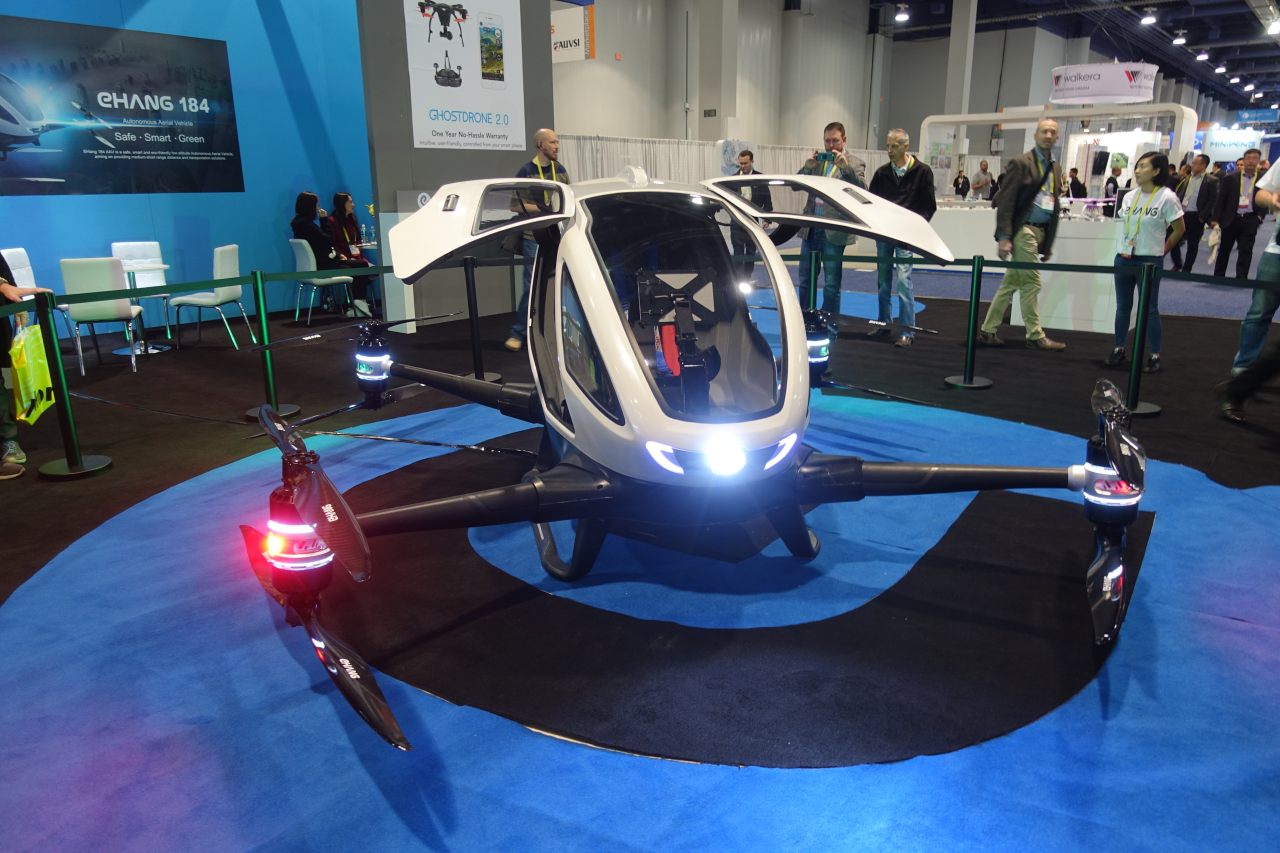What does airline competition tell us about robotaxi competition?
Submitted by brad on Thu, 2018-08-30 12:14 A couple of years ago I released my list of factors by which robotaxi companies might compete. Many people wonder if there will be a natural monopoly, limiting us to one or two companies per city, or if we might get more.
A couple of years ago I released my list of factors by which robotaxi companies might compete. Many people wonder if there will be a natural monopoly, limiting us to one or two companies per city, or if we might get more.





 Recently the TSA indicated it is once again considering
Recently the TSA indicated it is once again considering  When I get off planes in San Francisco and summon a Lyft or Uber, I usually have to wait 8 to 10 minutes. That's because the airport has forced these companies to force drivers to wait in the "cell phone waiting lot" which is quite far from the terminal. When I don't have checked bags, it's OK because I know this and I summon the car while walking out of the gate, but with bags I have to wait for my bag before I can summon.
When I get off planes in San Francisco and summon a Lyft or Uber, I usually have to wait 8 to 10 minutes. That's because the airport has forced these companies to force drivers to wait in the "cell phone waiting lot" which is quite far from the terminal. When I don't have checked bags, it's OK because I know this and I summon the car while walking out of the gate, but with bags I have to wait for my bag before I can summon. When doing a road trip, I like to have a cooler in the back of the car. This lets you have cold drinks and snacks, and also means you can shop for things that need refrigeration, particularly things like cheese in Europe. You can buy groceries at any convenient time, even if you won't get to your hotel until later in the day.
When doing a road trip, I like to have a cooler in the back of the car. This lets you have cold drinks and snacks, and also means you can shop for things that need refrigeration, particularly things like cheese in Europe. You can buy groceries at any convenient time, even if you won't get to your hotel until later in the day.


 So many places don't have enough plugs for the modern electronics-laden technomad. So get some power strips. In particular, get the ones that have universal sockets which take US, Euro, UK and Aus/China plugs. Yes, I bring adapters but it's always nice to have some extra plugs. Put one of these power strips by the bed (especially if the plugs by the bed are occupied by lamps and other things.) Put one by the desk space -- you do have desk space, right?
So many places don't have enough plugs for the modern electronics-laden technomad. So get some power strips. In particular, get the ones that have universal sockets which take US, Euro, UK and Aus/China plugs. Yes, I bring adapters but it's always nice to have some extra plugs. Put one of these power strips by the bed (especially if the plugs by the bed are occupied by lamps and other things.) Put one by the desk space -- you do have desk space, right?
 That, in turn, means Republic did not have the right to invoke the clauses of the contract for oversold flights. If so, they are just plain in the wrong, and this becomes a case with far less interesting nuance. United has changed their tune (of course due to public pressure) and are going full mea culpa.
That, in turn, means Republic did not have the right to invoke the clauses of the contract for oversold flights. If so, they are just plain in the wrong, and this becomes a case with far less interesting nuance. United has changed their tune (of course due to public pressure) and are going full mea culpa.
